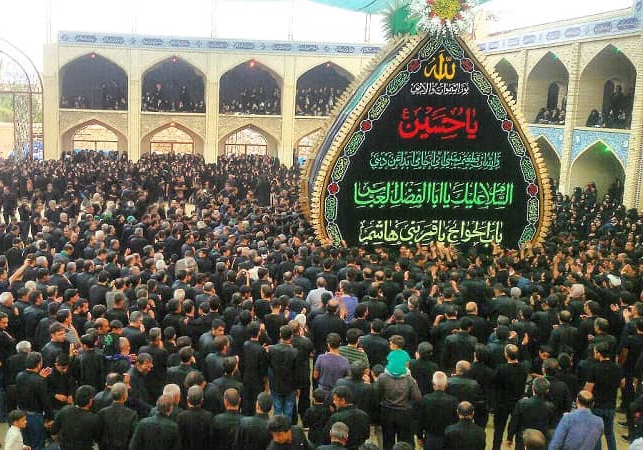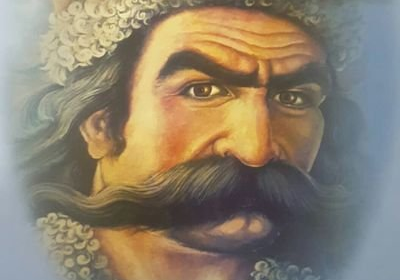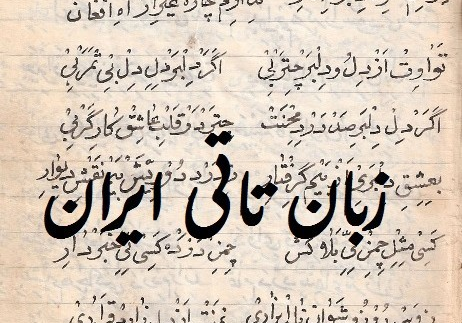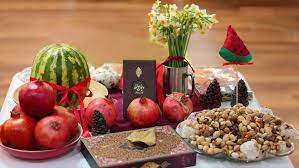
Yalda Night
Yalda: Written by Ali Bolukbashi
In the past, Iranians observed several different New Year’s Days, one of which was the first day of Dey. This day marked the end of one cosmic cycle and the beginning of another with the arrival of winter. Yalda night was regarded as the birthday of the Yazata Mehr or Mithra and the rebirth of the sun, the symbol of light and love. Al-Biruni referred to Yalda—the night marking the beginning of winter (the winter solstice)—as the “Greater Birth,” equating it with the twenty-fifth of Kanun al-Awwal (the third Syriac month), which in the Roman tradition corresponded to Christmas.
Yalda Night coincides with the beginning of the Great Winter Cheleh. According to ancient custom, people stay awake past midnight—and sometimes until dawn—gathered around the mizd or shab-chareh spread. Iranians in different regions decorate this table with a variety of summer and autumn fruits and snacks—especially pomegranates and watermelons. Through eating fruits and nuts, storytelling, and divination with Hafez’s poetry, they try to ward off the ill omen of this longest night by staying awake and symbolically “breaking the back of the demon of darkness” with the rising of the winter sun.
| Name | Yalda Night |
| Country | Iran |
| State | East Azerbaijan |
| City | Azarshahr |
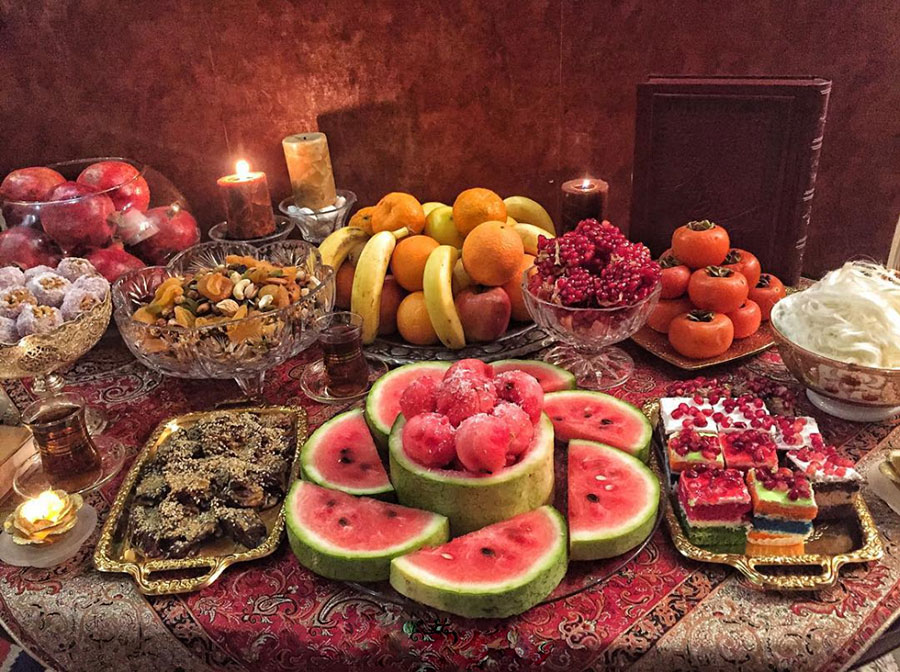

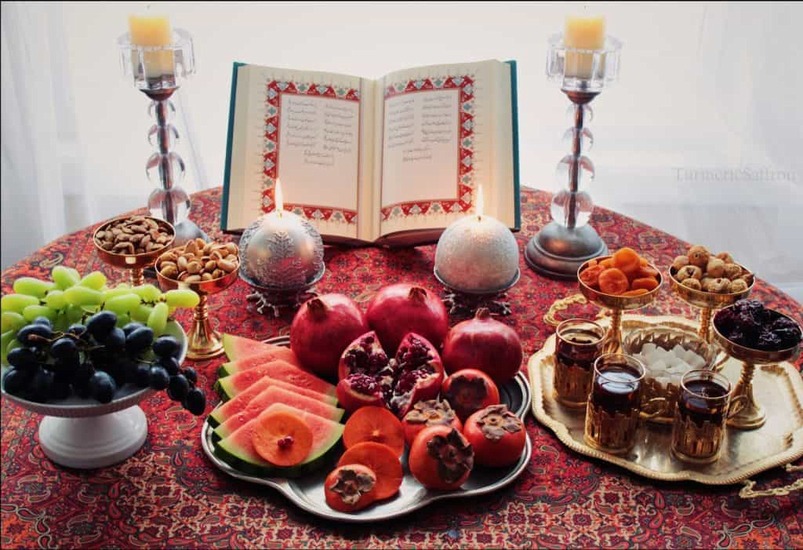
Shab-e Yalda (Yalda’s night)
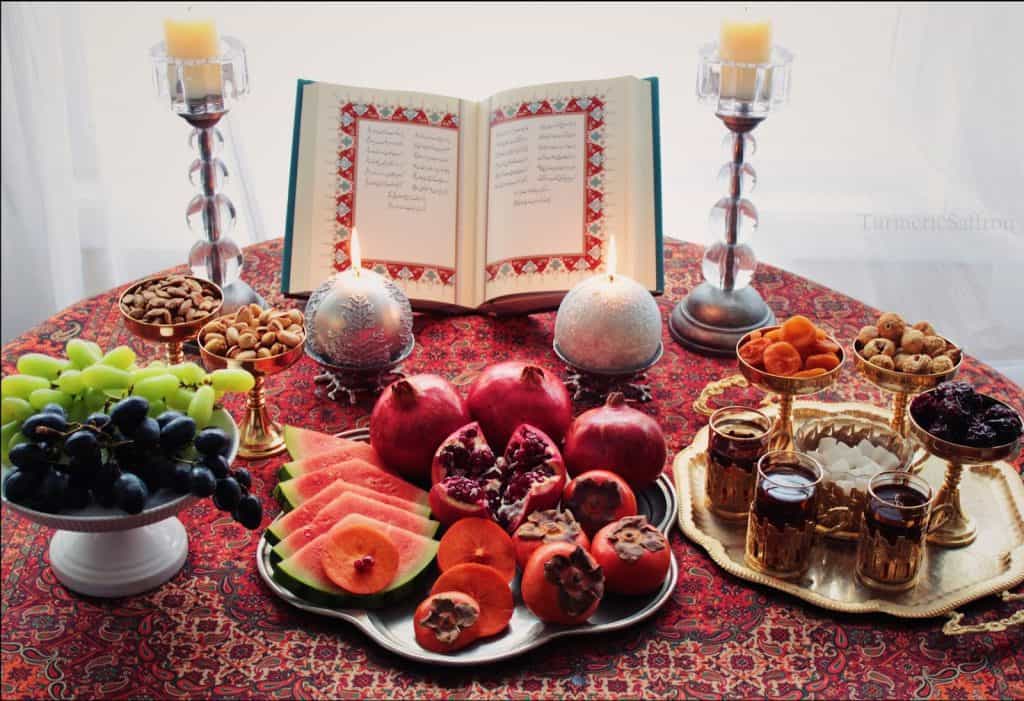
The history of Shab-e Yalda dates back to Zoroastrian tradition when the darkest and longest night of the year was considered an unfavorable date and so, people needed to protect themselves from evil. And, what a way better than gathering together and spend this longest night with your loved ones?
Some estimate the antiquity of this ceremony to be more than 7000 years. However, Shab-e Yalda was officially introduced into the ancient Iranian calendar in the year 502 BC by Darius I. Yalda is derived from a word in Syriac language meaning “Birth”. It is quite an ironic name for a date when darkness dominates the night longer than any night in the year, but it is full of hope and meaning at the same time. In fact, people of ancient times, including Aryan tribes from India and Iran, India and Europe, realized that the shortest days are the last days of autumn and immediately after the first night of winter the days gradually get longer and the nights shorter, so they called this night the birth of the Sun (Mehr) and considered it as the beginning of the year. Some believe that Christian Christmas also has its roots in this belief.
Apart from its long history and interesting background, Shab-e Yalda is a beautiful ceremony that can be applied in today’s context as well. Ceremonies and rituals have been a part of people’s lives since the beginning, so preserving and practicing them can bring us some kind of meaning and connection to nature and major concepts of life. If you are interested in celebrating the longest night of the year, there are some principals you should follow so you are able to celebrate it just as Iranians do! Do you want to know what are those principles? If yes, continue reading!
DELICIOUS FOOD, ESSENTIAL PART OF YALDA NIGHT!
The first principle is to eat as much as you can! Well, it may sound like a joke, but it is somehow true. You are going to stay awake until after midnight, talking, chatting and making the night “longer”. So, you need plenty of delicious food and goodies to entertain yourself! Apart from sweets and pastries, fruits and nuts are eaten on this night as well.
Among fruits, pomegranates and watermelons are particularly important. You can’t celebrate a real Yalda without eating these 2 fruits. In a very traditional version, all these items and more are placed on a korsi (a type of low table found in Iran, with a heater underneath it which people sit around). In some areas, it is custom that forty varieties of edibles should be served during the ceremony of the Yalda night! So, prepare a great dinner and the most delicious things for the longest night of the year!
DIVAN-E HAFEZ
Get a Hafez book, as it is one of the most important parts of a real Yalda in Iran. Almost every family in Iran has at least one “Divan-e Hafez” if doesn’t have 3 or 4! What you should do is make a “Fal” with this book. Fal is consulting with the bok, doing a kind of divination with the odes of Hafez. What you need to do is to make a wish or ask a question about your current life/love situation in your heart and ask for help and consultation of Hafez. When you open the Divan (the Hafez’s poems book) randomly, the poem that appears would be his answer to your question.
Of course, you need a book with the translations included or an Iranian person next to you who can read and interpret it for you! Normally the eldest member of the family (like a grandparent) opens the book for each family member and reads the poem. It is actually an entertaining process because some find Hafez’s answers very accurate and relate to it very well. So, if you are thinking of celebrating Yalda along with Iranians, get your Hafez book as soon as possible!
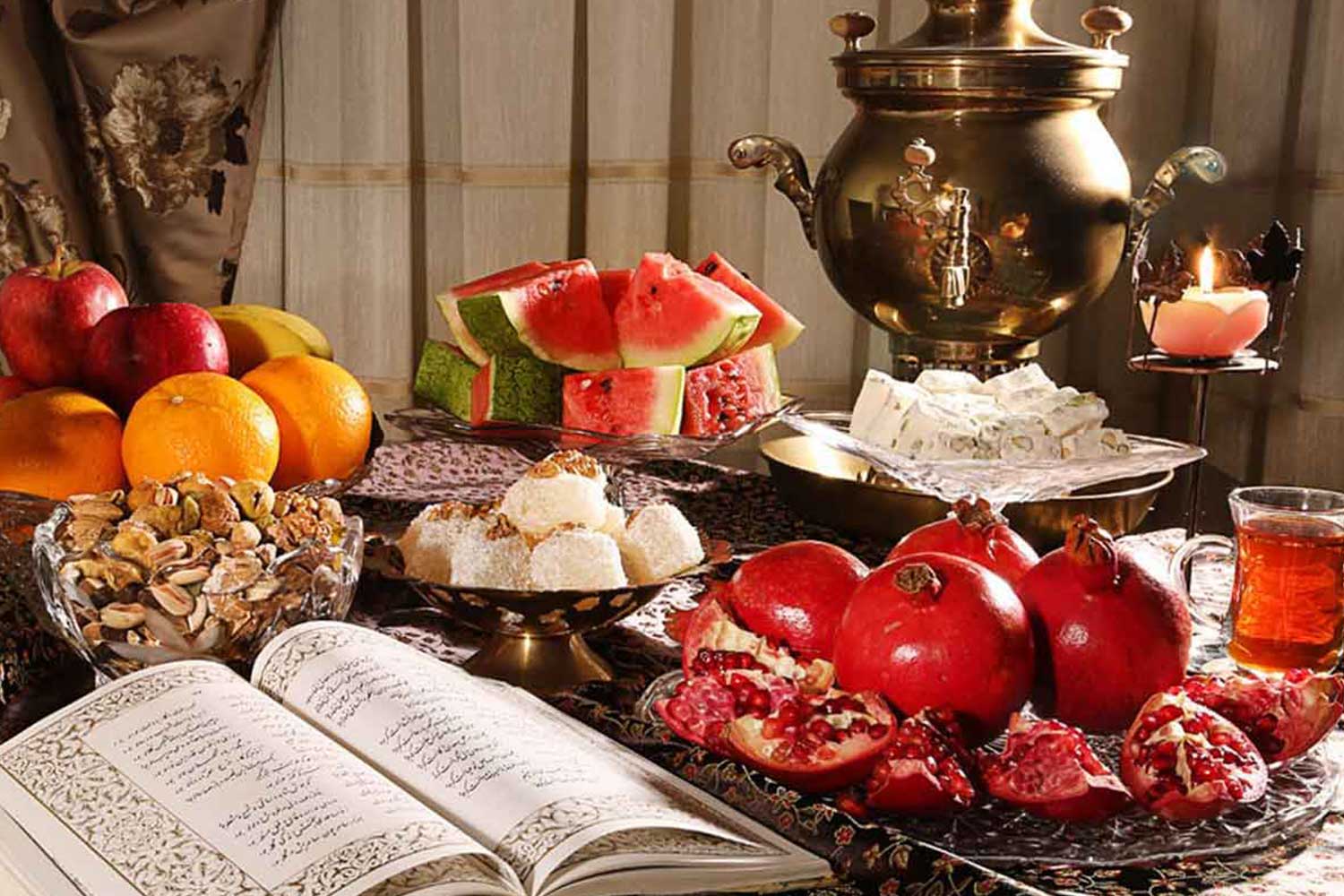
| Name | Shab-e Yalda (Yalda’s night) |
| Country | Iran |
| Type | 1 |

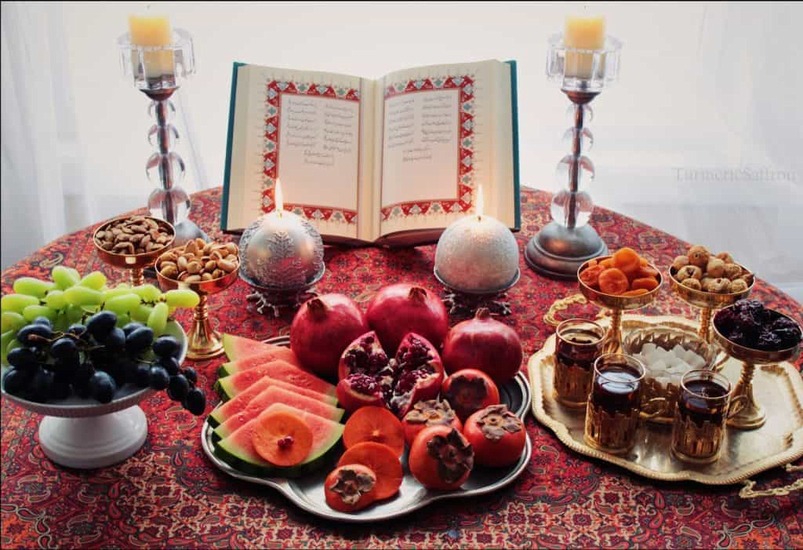



Yalda
The tradition of celebrating “Shab-e Yalda” (Yalda Night), also referred to as Shab-e Chelleh is eight thousand years old. Yalda Night is the last night of autumn and the longest night of the year (which coincides with December 20 or 21), and from then on, the nights gradually get shorter and the days get longer. The ancient Iranians considered night as a symbol of evil and the sun as a symbol of purity and truth, and they believed that the end of the longest night of the year and the beginning of winter mean the victory of light over darkness. According to this belief, on Yalda Night, the forces of evil are at their peak, and to deal with it, they should get together with relatives and friends and celebrate.
Some historians are of the opinion that this festivity dates back to more than 7000 years ago. It is also said that in the year 502 BC, the Iranian king, Darius I, legally included Shab-e Yalda in the ancient Iranian calendar.
Customs Observed on Yalda Night
Yalda Night is celebrated in almost all parts of Iran and the people of each region celebrate it according to their local customs. However, the common custom on this night is to meet with relatives and friends, generally at the house of grandparents or the elderly members of the family, and spend the night together until dawn. They celebrate the longest night of the year by eating nuts and fruits, reciting the poems of the Iranian renowned poet, Hafiz, expressing good wishes, conversing, and entertaining each other to welcome winter and bid farewell to fall.
In Iran, it is customary for men who are going through the first Yalda Night after getting married to give gifts to their wives. In some parts of Iran, young men send seven types of fruits to their fiancee’s house along with various gifts. In some regions, the wife-to-be and her family also send some gifts for the husband-to-be and his family.
Usually, on Yalda nights, houses are lit up, and using candles in different parts of the house is one of the Yalda customs in some regions of Iran. In the new era, in which cellphones have affected people’s face-to-face relationships, all phones are put aside on this night so that there is no disturbance in their socializing.
What Do People Eat in Their Gatherings on Yalda Night
Yalda night is the night of getting together and spending it together. In order to make the get-together, the hosts serve their guests with watermelon, pomegranate, red apple, and dry fruits but in some regions, pears, persimmons, and laboo (cooked beetroot) are also used in the Yalda party. According to ancient stories, the ancient Iranians used some fruits (such as watermelon, pomegranate, red apple, and laboo) as the sign of dawn and used them on Yalda Nights. Iranians believe that eating watermelon on Yalda night protects people from illness.
The hosts of Yalda Night, who are usually the elders of the family, also serve their guests dinner, usually with “sabzipolau-mahi” vegetable rice with fish.
Divan-e Hafez (Hafez Khaani)
Reciting “Divan-e Hafez” is one of the cornerstones of Yalda Night in Iran. There is usually at least one “Divan-e Hafez” in every Iranian household. Make a “Faal” out of this book, that’s what you ought to do.
Faal is consulting Hafez’s odes as a form of divination. What one needs to do is ask Hafez for advice regarding what he/she intends to do. The poem that emerges when one opens the Divan (Hafez’s poetry book) at random would be the response to the query.
Yalda Night Inscribed on UNESCO’s List of Intangible Cultural Heritage
Shab-e Yalda or Shab-e Chelleh, has been considered part of UNESCO’s Intangible Cultural Heritage (ICH). This was announced on the occasion of the 17th session of the intergovernmental committee for the safeguarding of Intangible Cultural Heritage held in Rabat, Morocco on 29 November 2022. The UNESCO fact sheet proudly characterizes this ancient event as a mirror of cultural identity, hospitality, peaceful coexistence friendship, and cultural diversity, highlighting its unique characteristics that have greatly and positively influenced the world’s culture.
The tradition of celebrating “Shab-e Yalda” (Yalda Night), also referred to as Shab-e Chelleh is eight thousand years old.
| Name | Yalda |
| Country | Iran |
| Type | National |
| Registration | Unesco |
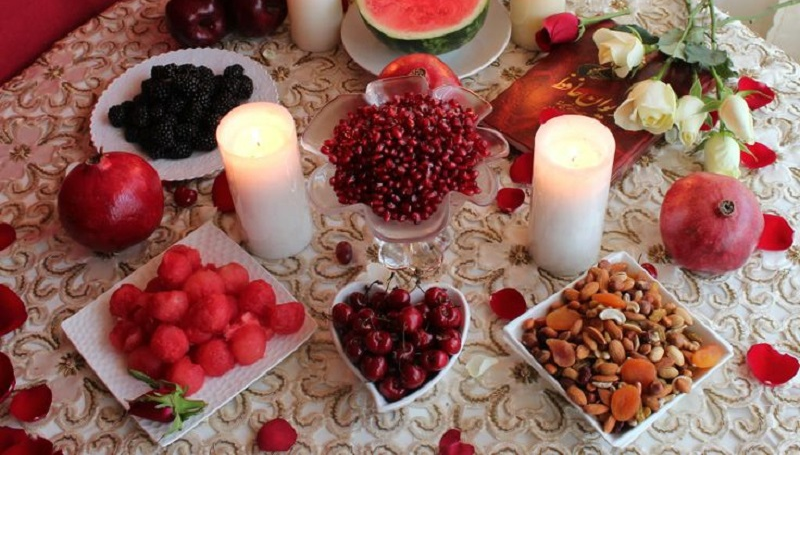

Choose blindless
Red blindless Green blindless Blue blindless Red hard to see Green hard to see Blue hard to see Monochrome Special MonochromeFont size change:
Change word spacing:
Change line height:
Change mouse type:
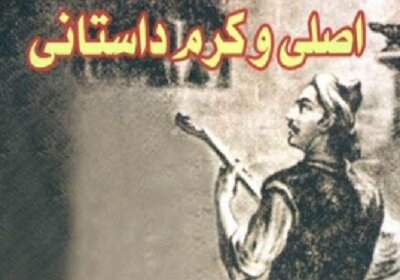
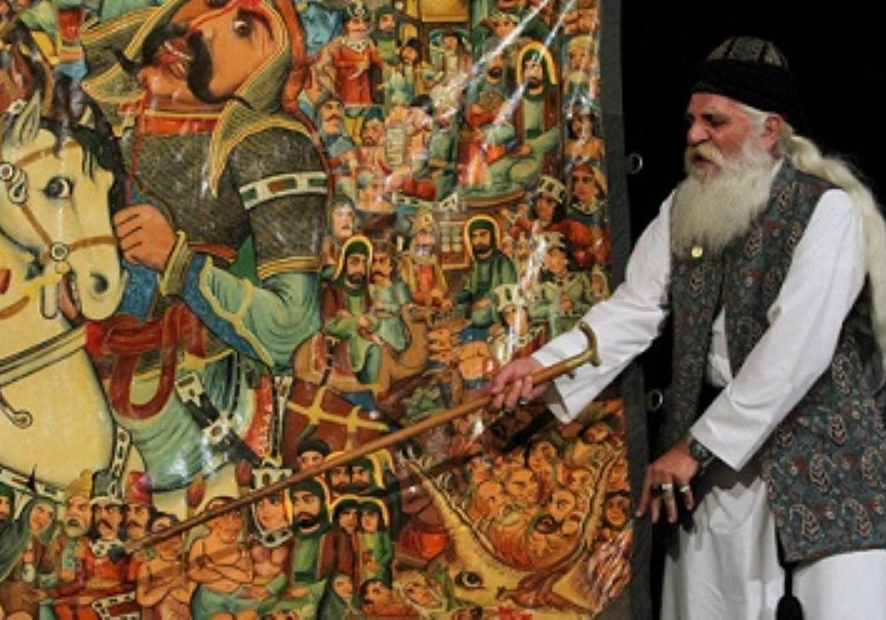
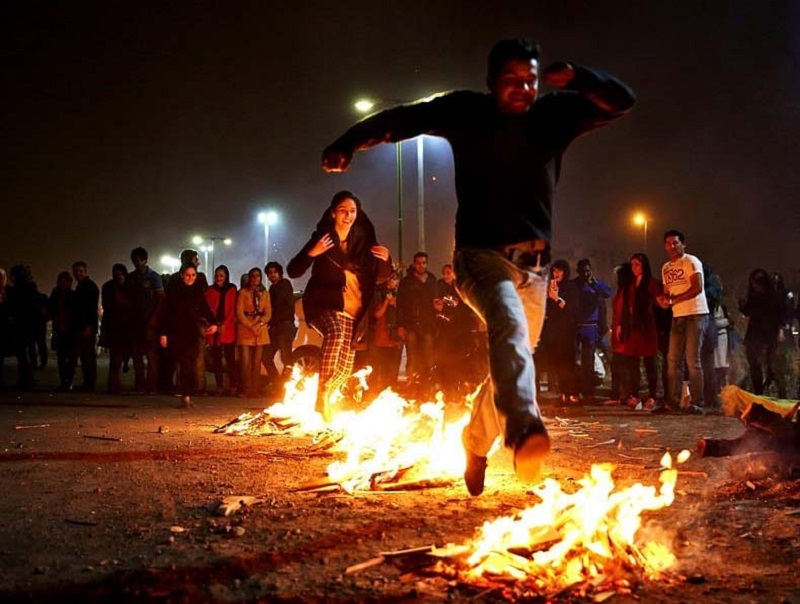
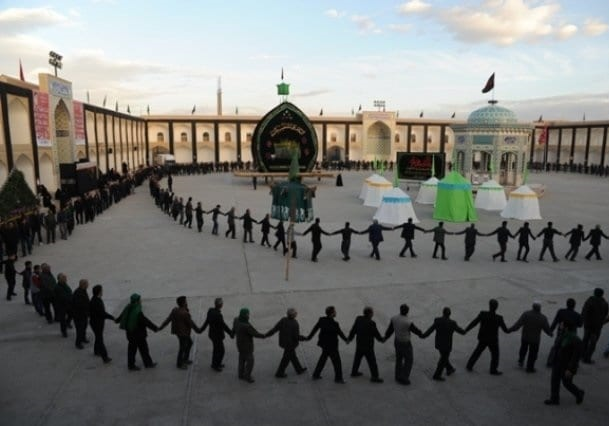
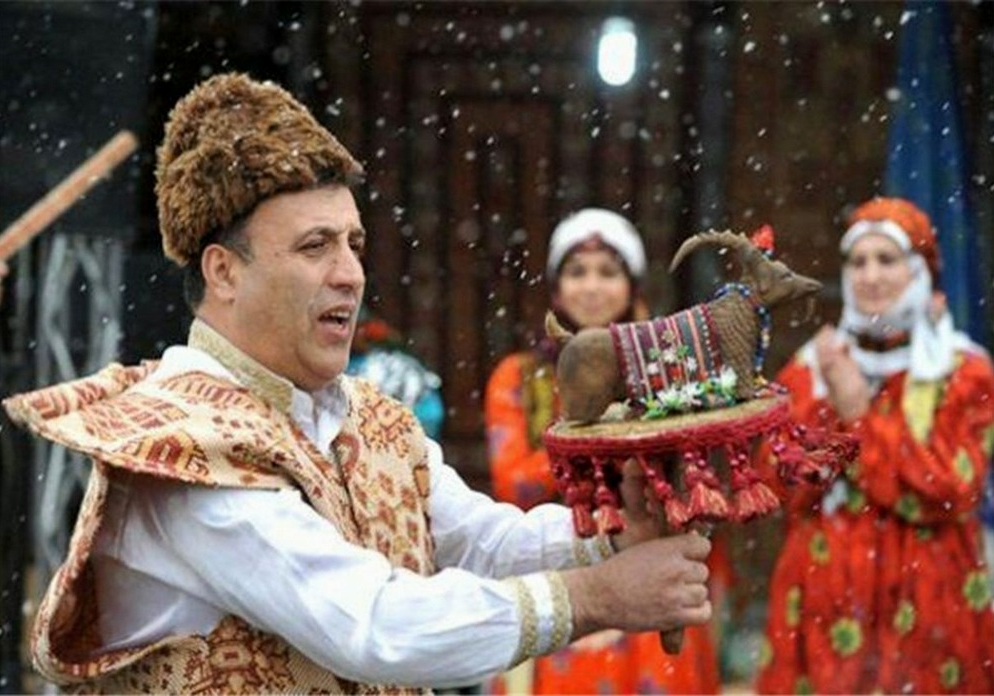


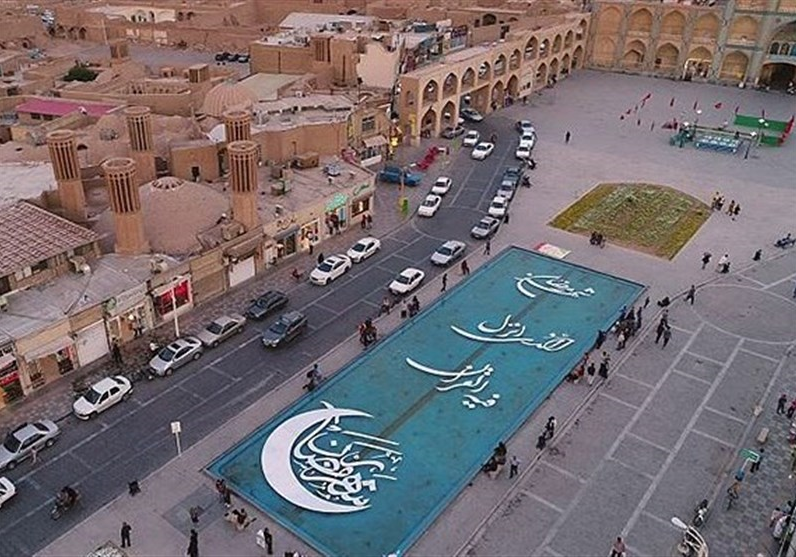
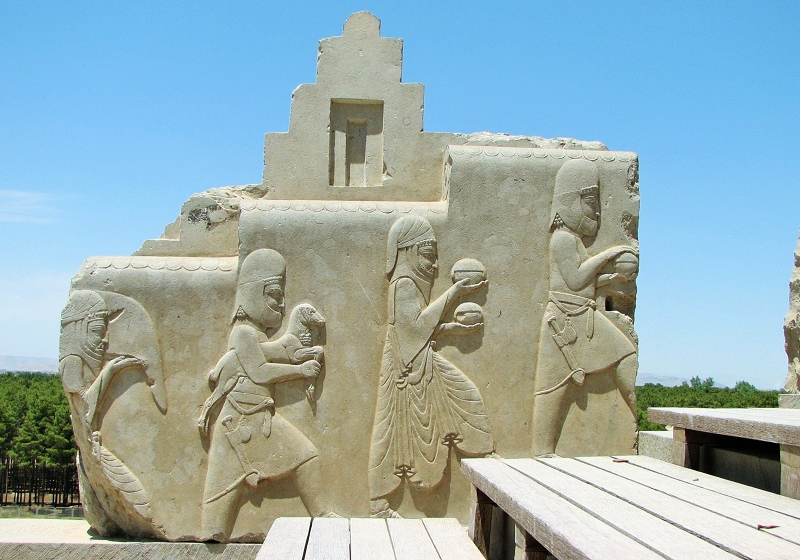
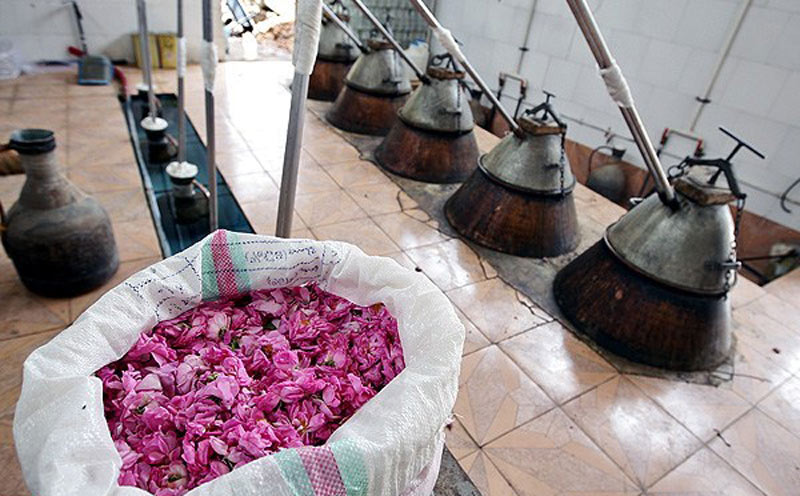


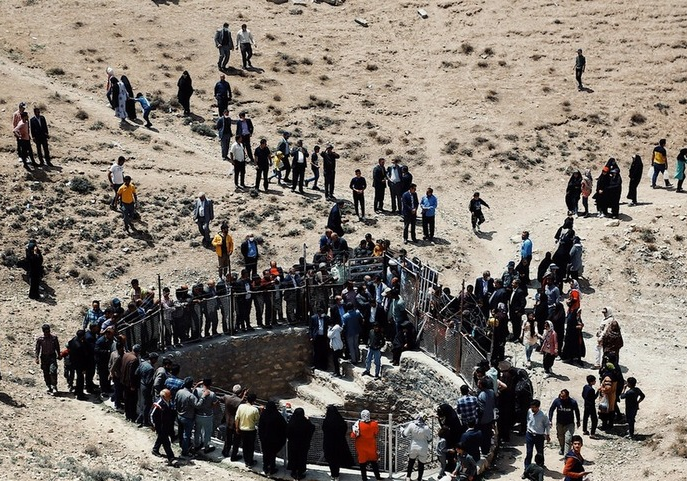
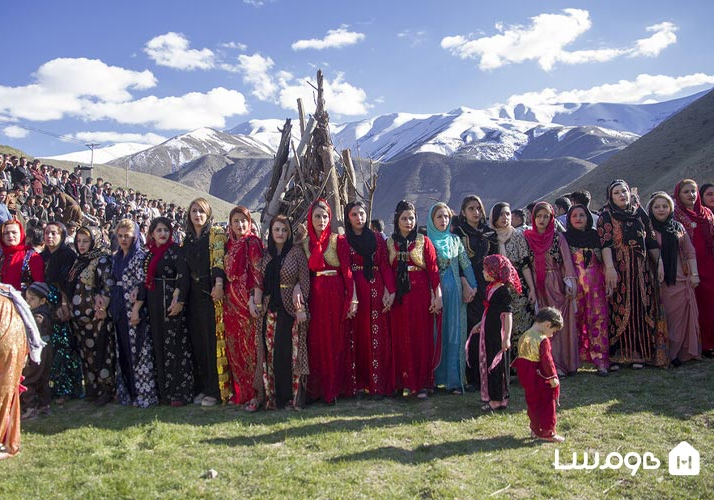

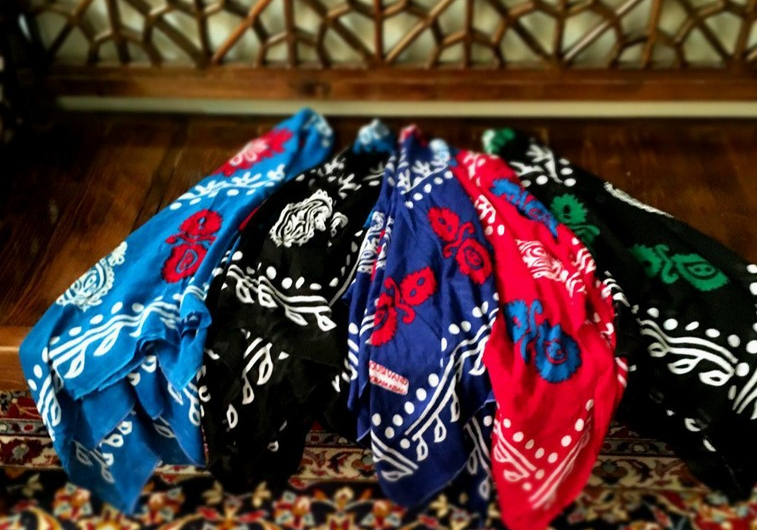
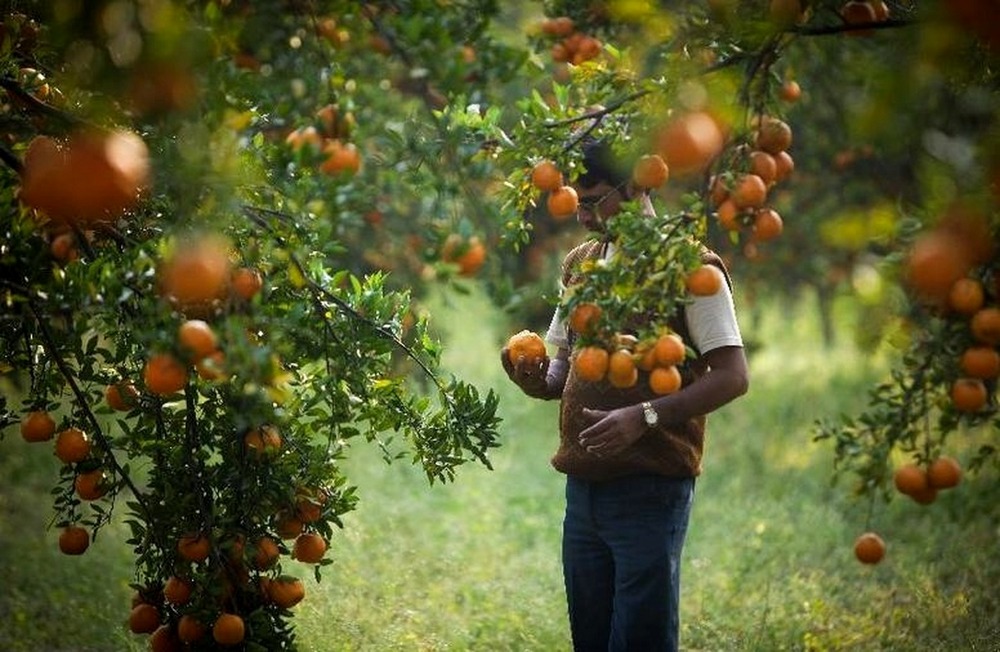

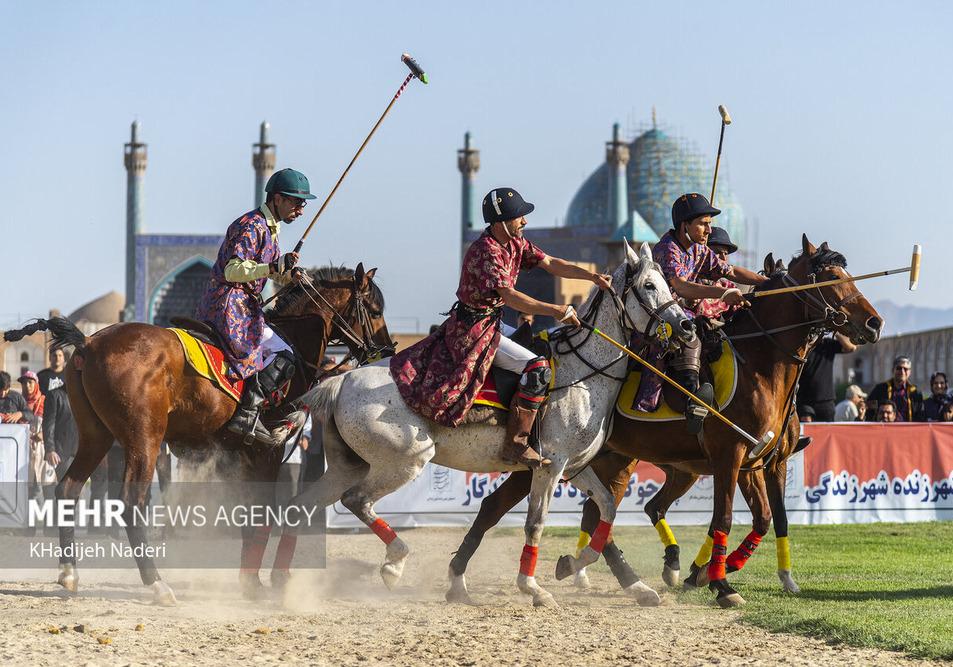
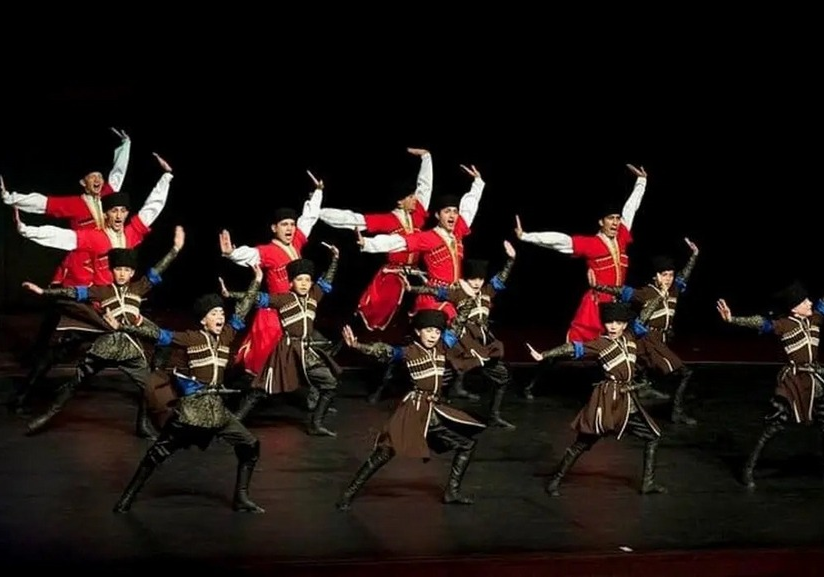
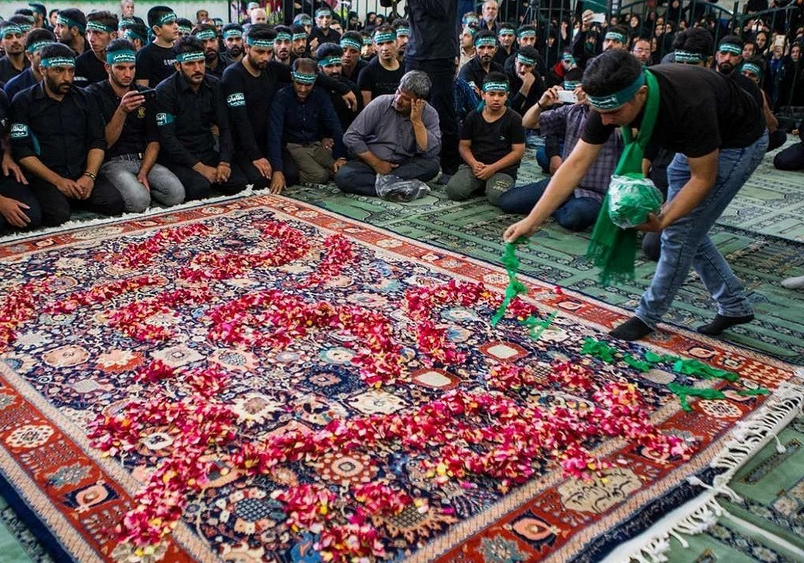
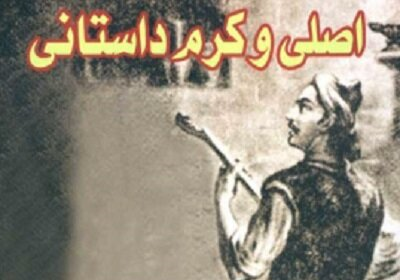
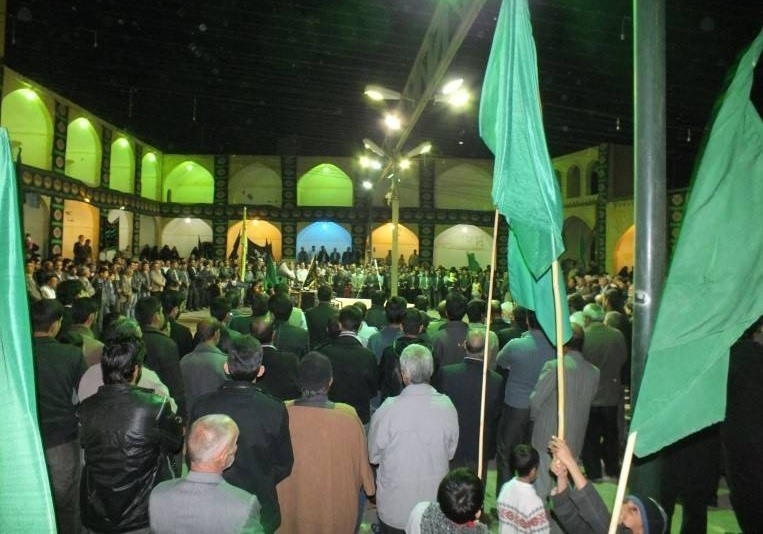
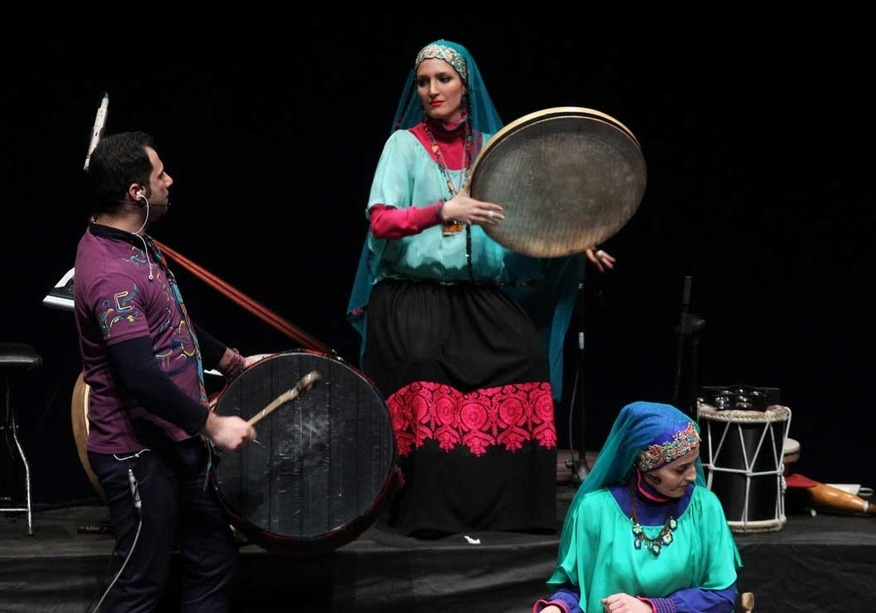
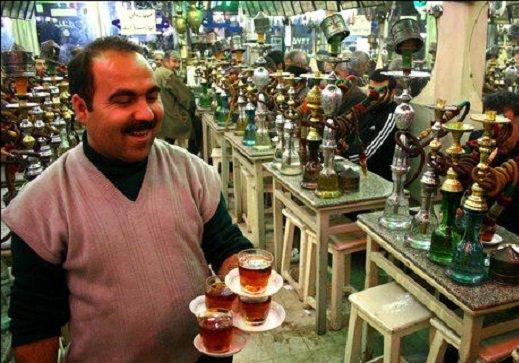
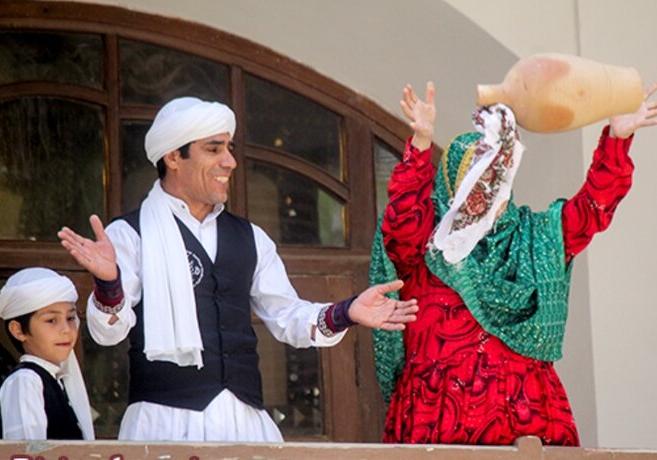
.jpeg)
